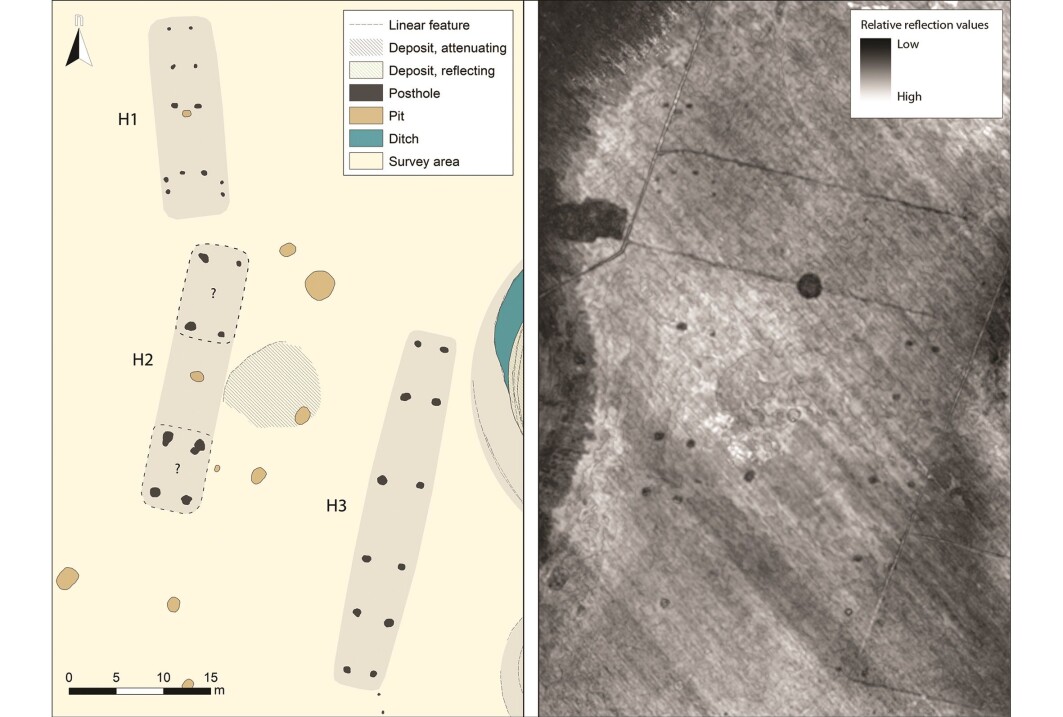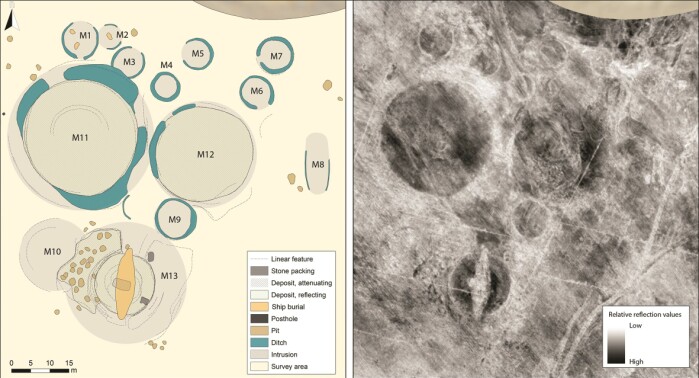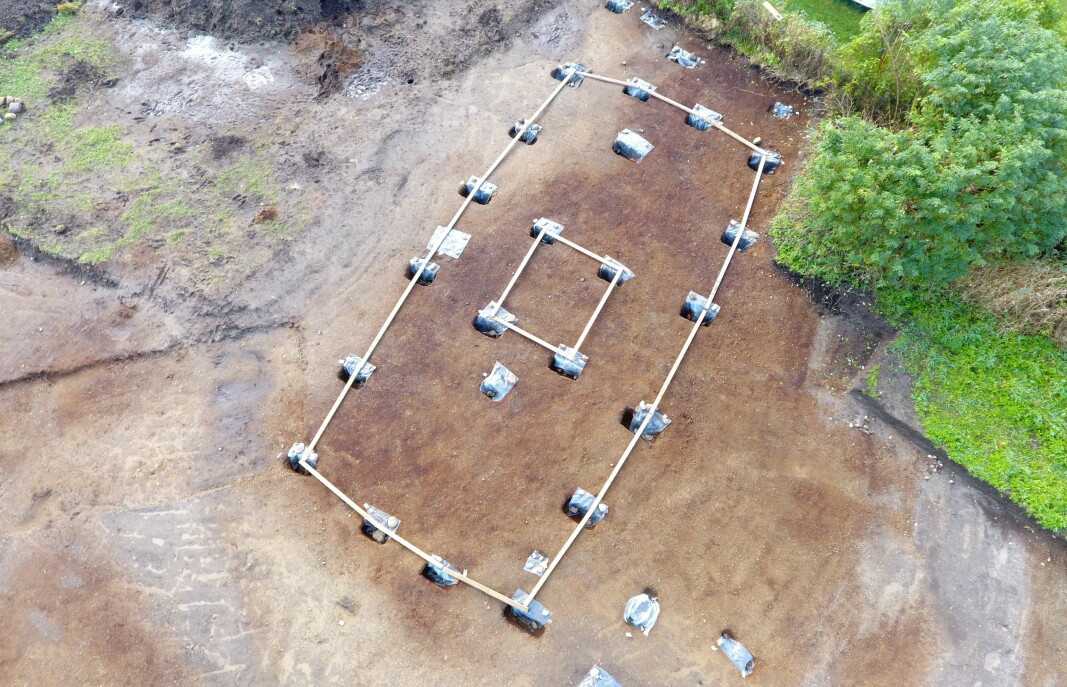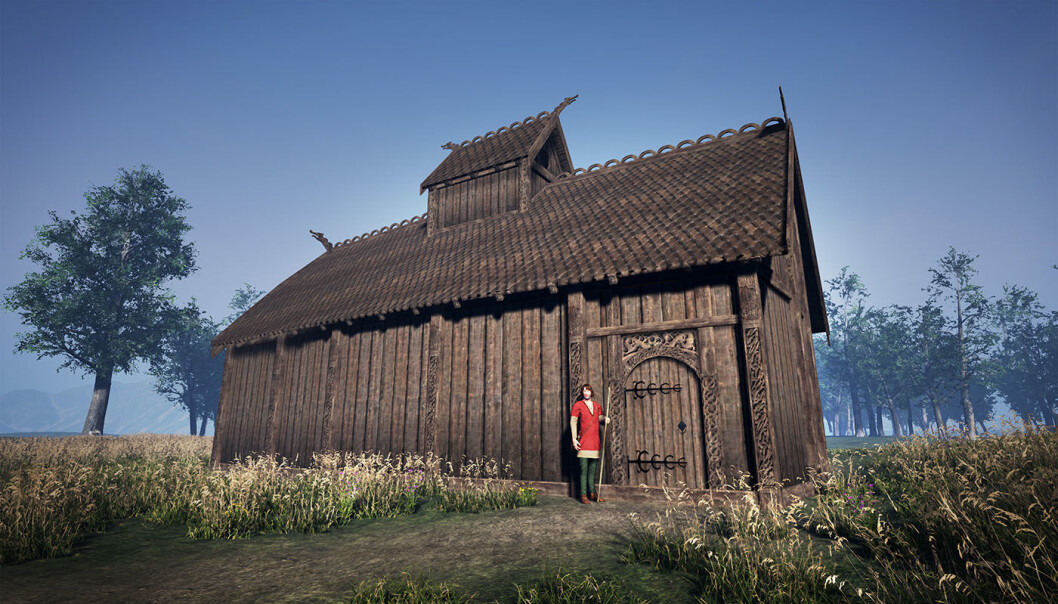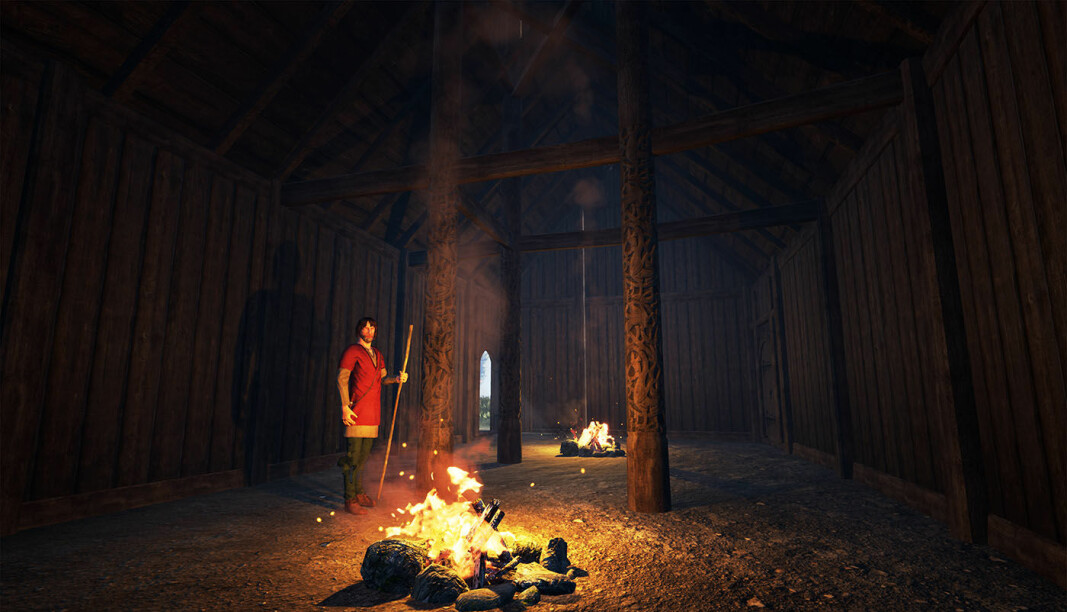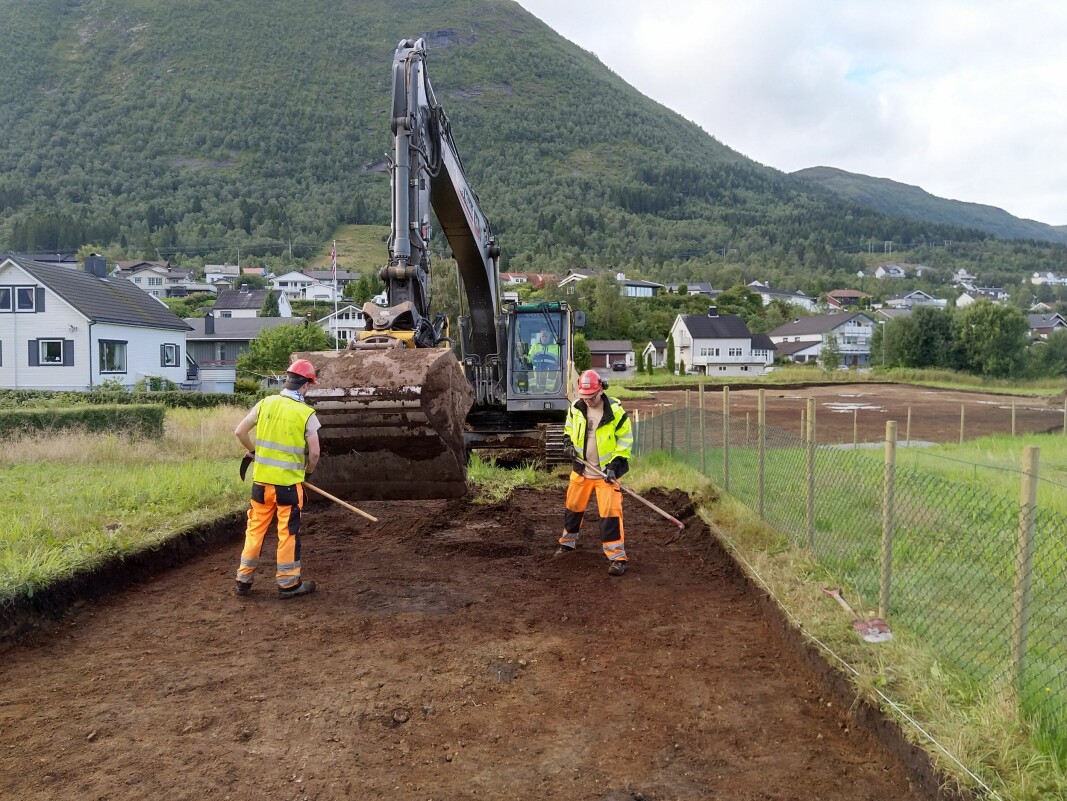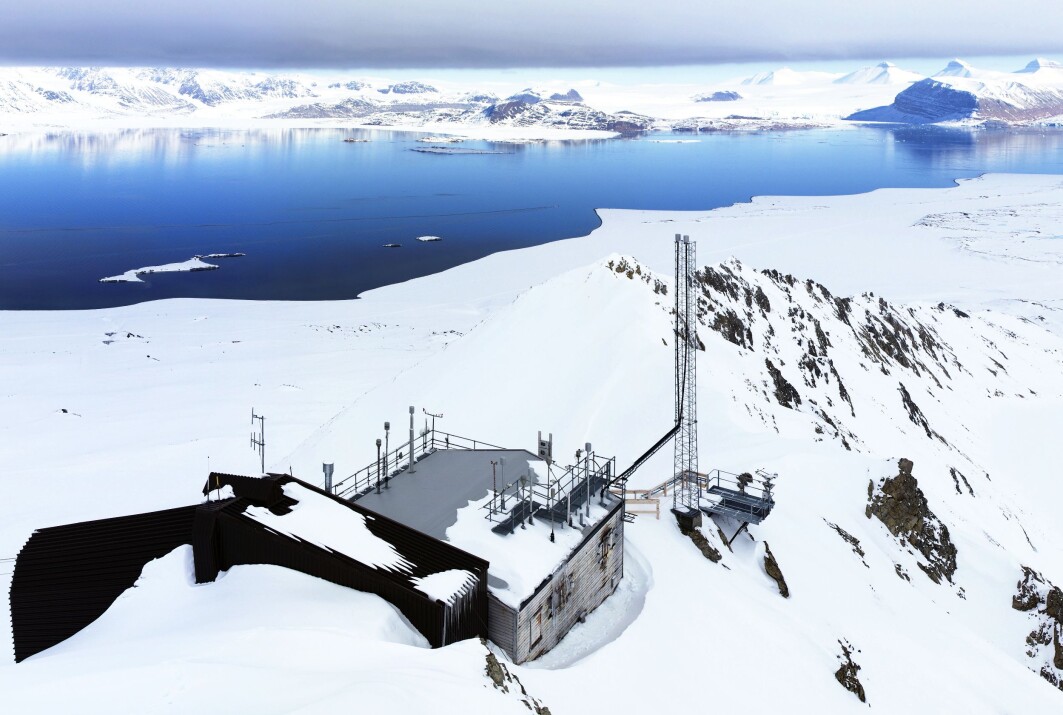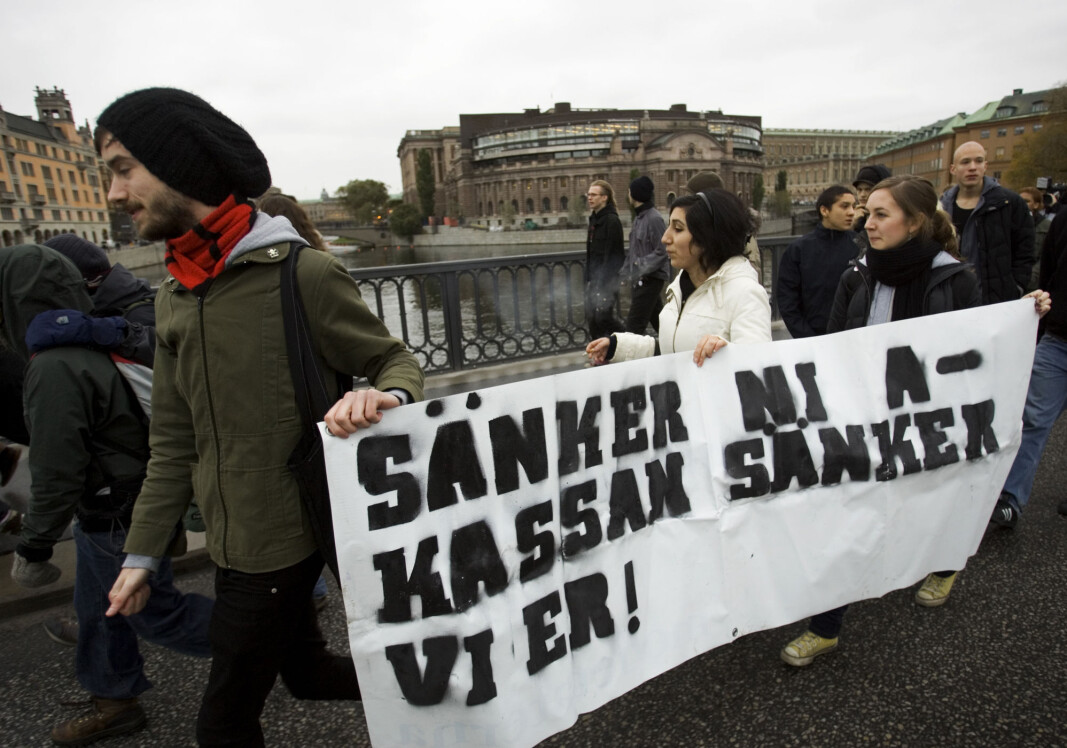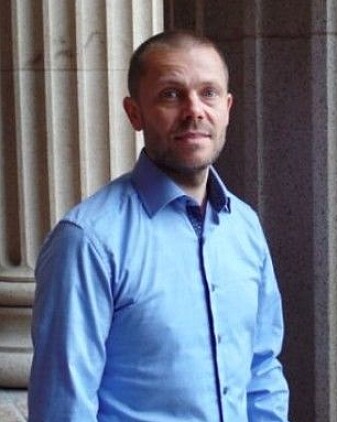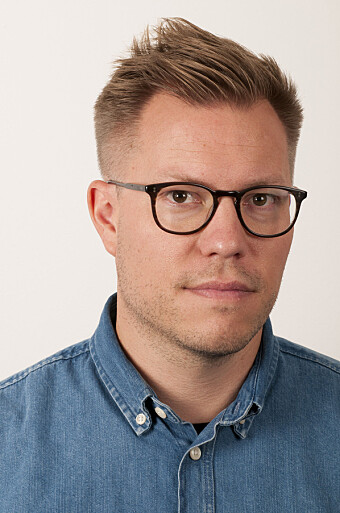REGULATING CAPITALI$M
Food health star ratings can improve diets, study finds
More evidence has emerged that food labelling can encourage manufacturers to improve product nutrition, but University of Melbourne experts say the star labelling system must be compulsory to make a big difference.
More evidence has emerged that food labelling can encourage manufacturers to improve product nutrition, but University of Melbourne experts say the star labelling system must be compulsory to make a big difference.
A team from the University of Melbourne, the University of Auckland, and the George Institute for Global Health analysed product nutrition labels in Sydney and Auckland supermarkets to see if the Health Star Rating system (HSR) made a difference to how the food industry formulates food.
Nutritional information is mandatory on the back of packaged Australian and New Zealand foods but HSR labels, which have appeared on the front since 2014 and rate a food from 0.5 (least healthy) to five (most healthy) stars, are voluntary.
The most comprehensive study of food industry response to the HSR system, published in PLOS Medicine, has confirmed that HSR labelling causes some products to become healthier.
The Australia and New Zealand Ministerial Forum on Food Regulation introduced the voluntary front-of-pack HSR and a published HSR calculator decides how many stars a food gets. HSR labels aim to improve diets by encouraging consumers to choose healthier products and prompting manufacturers to reformulate their products to be healthier.
This study looked at the reformulation effects of HSR labels. Researchers analysed nutrition and labelling information on packaged products in four major New Zealand supermarkets annually from 2013, and Sydney supermarkets Aldi, Coles, IGA, and Woolworths from 2014.
They tracked the nutrition information of 58,905 unique packaged food products to see if HSR labelling led to nutrient composition changes. Using the HSR calculator, they also scored unlabelled products to allow control comparisons.
Products that elected to display the HSR on-pack were 6.5 and 10.7 per cent more likely to increase their HSR score by 0.5 stars than those that didn't display the stars in Australia and New Zealand respectively.
New Zealand products with HSR showed a four per cent decline in salt content, while Australian products fell by 1.4 per cent. The HSR was associated with a 2.3 per cent decrease in sugar content in New Zealand and a statistically insignificant 1.1 per cent decline in Australia.
The healthiest products that would have scored four to five stars showed little healthier reformulation - most reformulation occurred in less healthy products with HSR labels.
In Australia, an average product with HSR that scored 0.5 to 1.5 stars lost 14kJ of energy per 100g (1.3 per cent), compared to a product that scored four to five stars which saw almost no changes in energy. Similar patterns were observed for almost all nutrients studied in both countries.
Lead author and University of Melbourne Research Fellow Dr Laxman Bablani said while the improvements sounded small, even modest changes could lead to big health impacts at a population level.
"If the labels were compulsory the impact could be much greater, as HSR adoption by the unhealthiest products was less than half that of the healthiest products," Dr Bablani said.
In 2019, around 15 per cent of products that scored two stars had HSR labels in both countries, compared to more than 35 per cent of those that scored four stars and above. Examples of positive reformulation included:
- A popular flavoured cracker now has six per cent less fat and roughly 10 per cent less sodium per 100g than before it adopted HSR labels in 2016. This took it from 1.5 to two stars.
- Several instant soup varieties cut sodium and energy to increase their rating from three to 3.5 stars in the year they were labelled.
- A major supermarket branded barbeque sauce cut sugar by 4.5g per 100g (9.6 per cent) in 2017 when it adopted HSR labels.
University of Auckland Professor Cliona Ni Mhurchu said the HSR could have a much bigger impact if more unhealthy products adopted it.
"Our study suggests that the total effect of HSR on supporting healthier population diets could be markedly increased if it was adopted by many more products," Professor Ni Mhurchu said.
"In short, it suggests that making the HSR mandatory would generate substantially greater public health benefits than the current voluntary system."
Senior author and University of Melbourne Professor Tony Blakely agreed compulsory HSR labels could improve unhealthy foods.
"There is little incentive for manufacturers to label unhealthy foods voluntarily," Professor Blakely said.
"If it was compulsory, the quality of packaged food would improve, and consumers may possibly make better choices about healthy and unhealthy foods."
###
